Talk Overview
What makes CRISPR-Cas9 such a groundbreaking genome editing tool? Hear from CRISPR-Cas9 pioneer Feng Zhang, Ph.D., who shares not only what makes the tool so unique and how it works but also his personal journey into science, which began with the film Jurassic Park. Zhang, who engineered the CRISPR-Cas9 system to work in human cells, is now using the tool to understand and treat human diseases, such as neurological disorders. In this short film, he compares CRISPR-Cas9 to past available genome-editing tools, including zinc finger and transcription activator-like effector (TALE) nucleases. Zhang’s descriptions are accessible, and the animations are vibrant, informative, and dynamic!

Please head to the Science Communication Lab’s website for more films like this along with educator resources, full video transcript, and most up to date content.
Speaker Bio
Feng Zhang
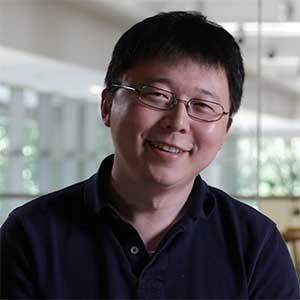
Feng Zhang, Ph.D., is a core institute member of the Broad Institute of MIT and Harvard, as well as an investigator at the McGovern Institute for Brain Research at MIT, the James and Patricia Poitras Professor of Neuroscience at MIT, and a professor at MIT. Zhang is also an investigator at the Howard Hughes Medical… Continue Reading
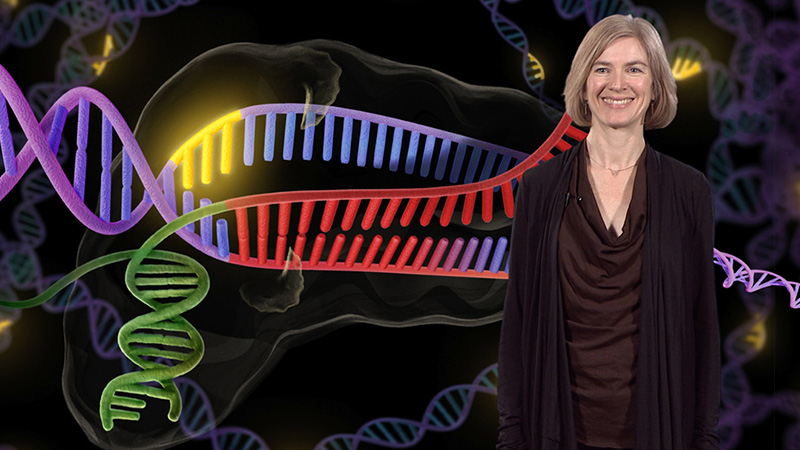
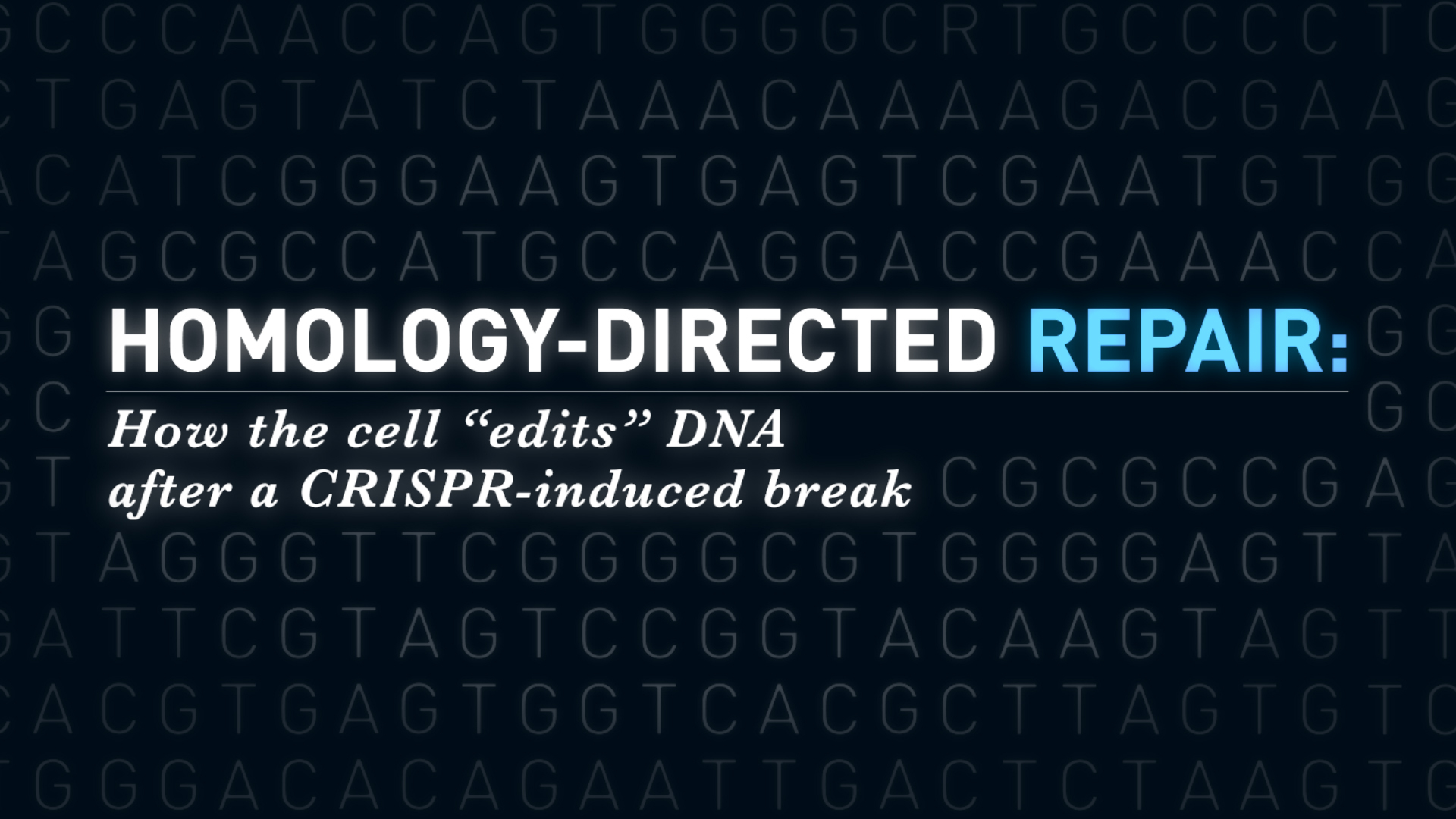
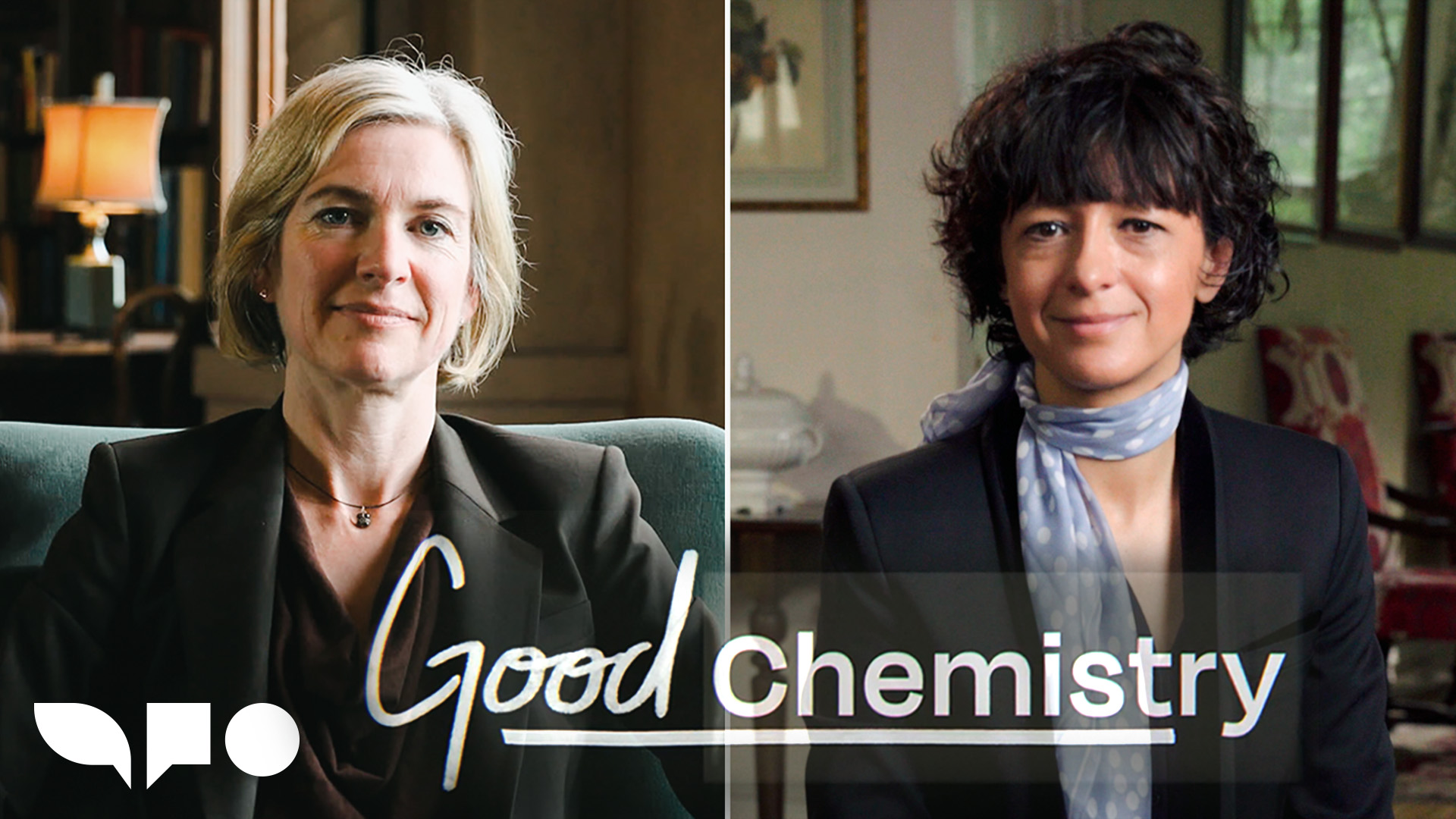
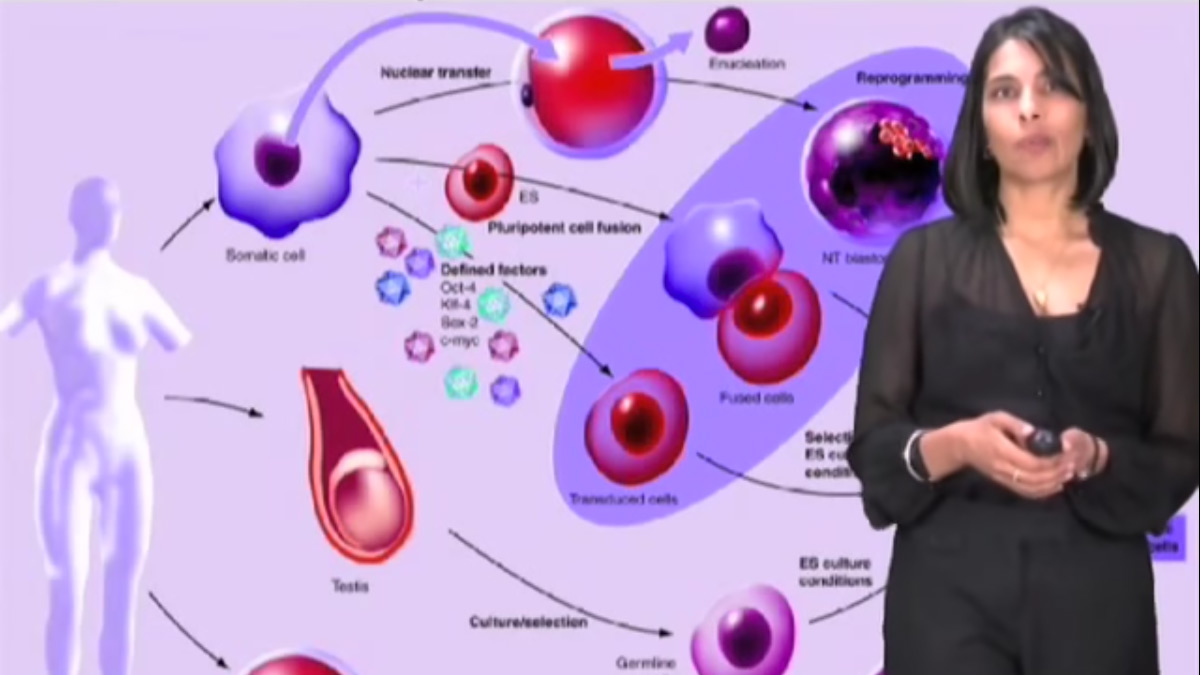
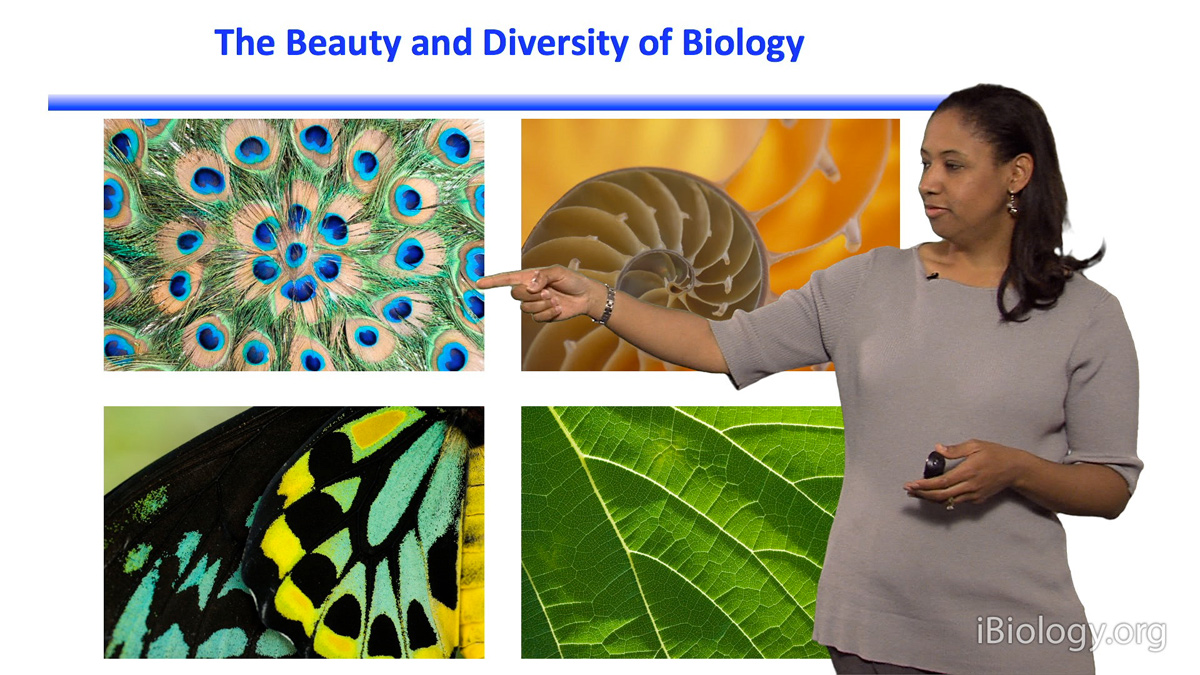
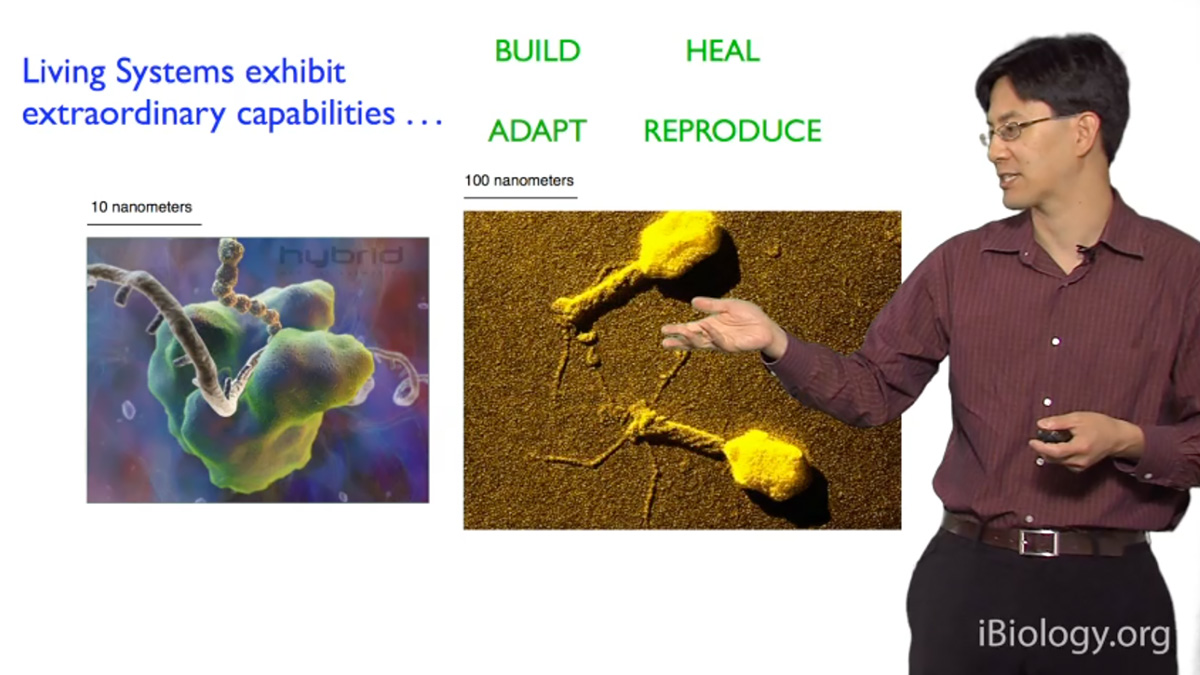
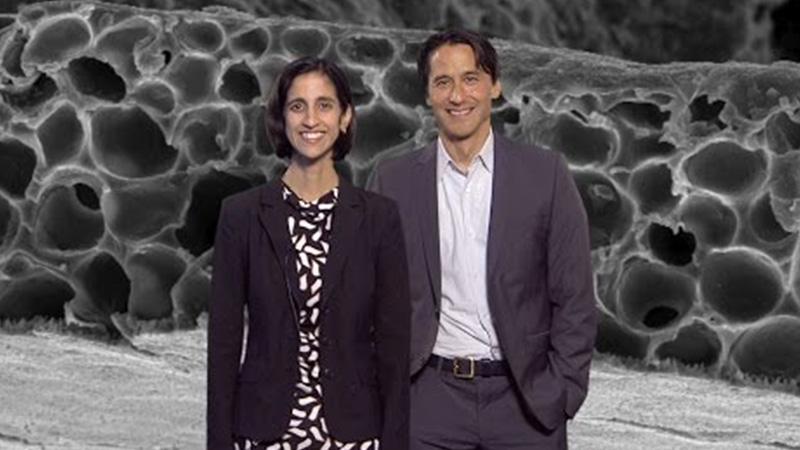
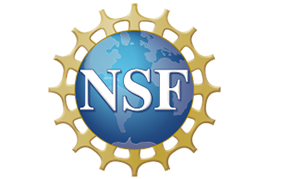

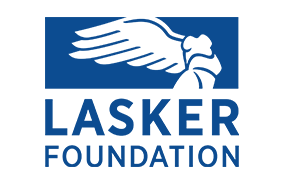

Leave a Reply